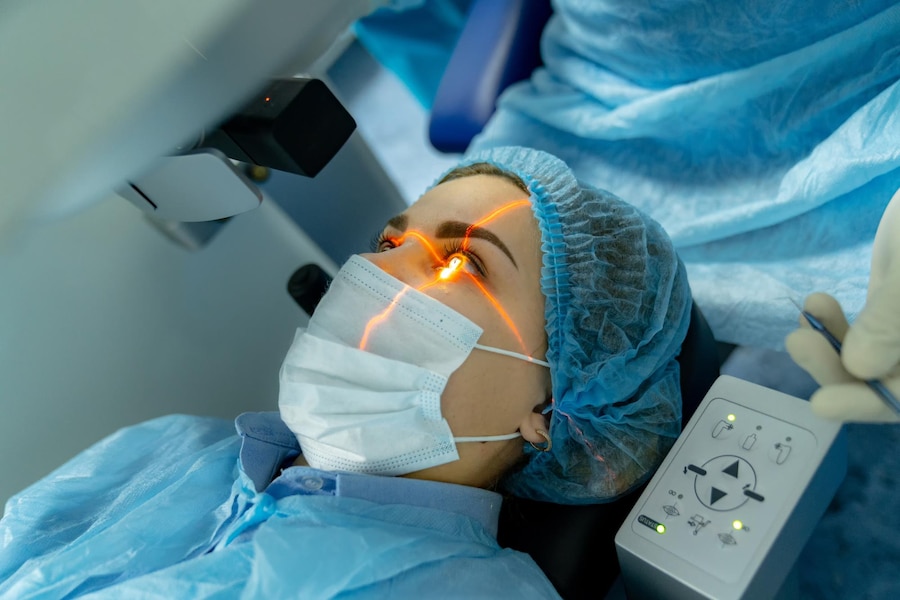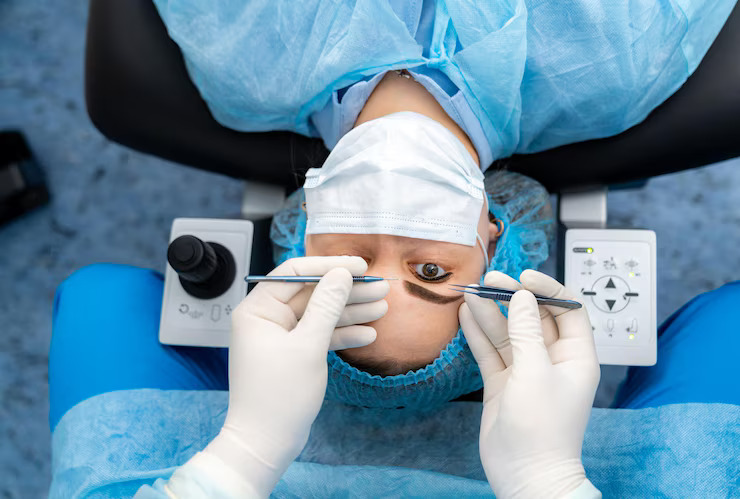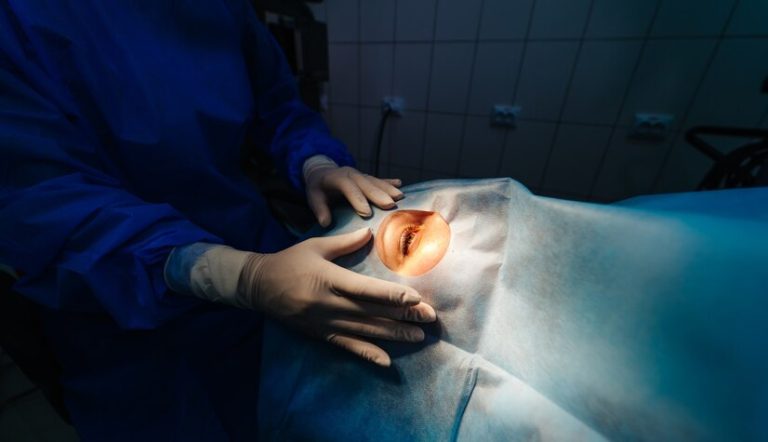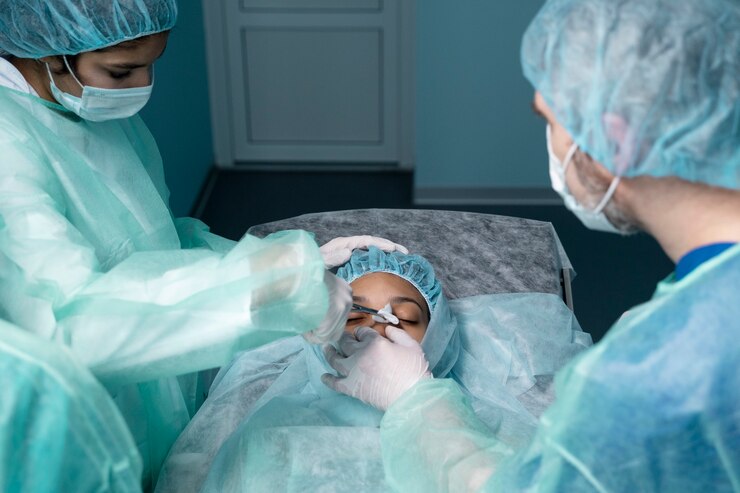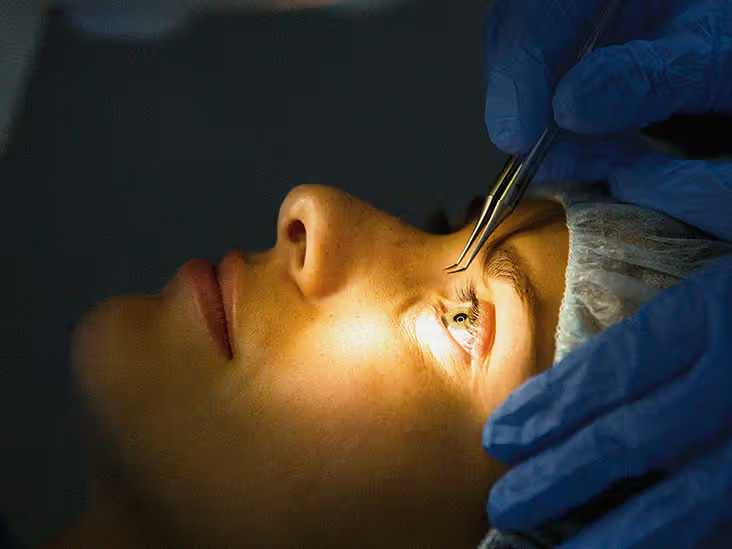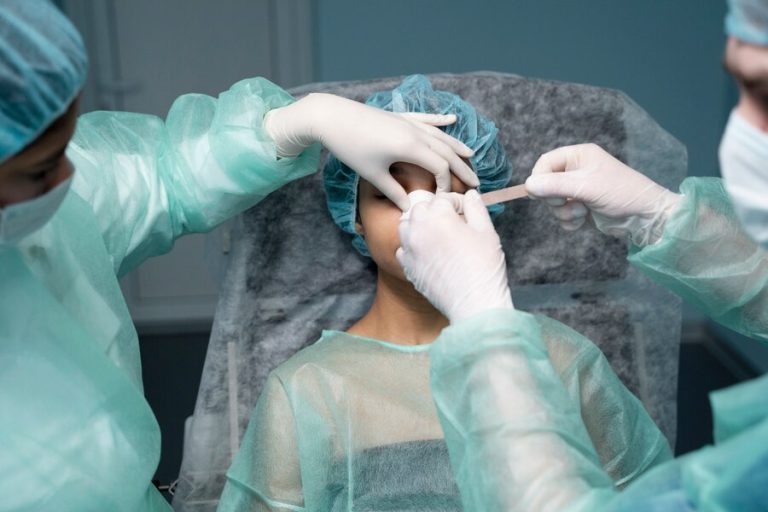Everything You Need To Know About Previous Eye Surgery Repair
Eye surgeries are common procedures performed to address various vision problems and ocular conditions. While these surgeries often yield positive outcomes, complications can occur, necessitating additional interventions known as eye surgery repair. This comprehensive guide provides an in-depth overview of everything you need to know about previous eye surgery repair, including causes, procedures, recovery, and long-term considerations.
Understanding Previous Eye Surgery Complications
Previous eye surgeries can result in complications for a variety of reasons, including surgical errors, inadequate healing, or underlying health conditions. Complications may manifest as visual disturbances, discomfort, inflammation, or structural abnormalities within the eye. Common complications that may require repair include corneal irregularities, refractive errors, retinal detachment, glaucoma, and cataract formation.
Evaluating the Need for Eye Surgery Repair
The decision to pursue eye surgery repair depends on the nature and severity of the complication, its impact on vision and ocular health, and the patient’s overall well-being. Ophthalmologists conduct thorough evaluations, including visual acuity tests, slit-lamp examinations, optical coherence tomography (OCT), and other diagnostic procedures, to assess the extent of the problem and determine the most appropriate course of action.
Risks and Challenges of Corrective Eye Surgery
Eye surgery repair poses inherent risks and challenges, including the potential for further complications, surgical complications, and suboptimal outcomes. Patients must weigh the benefits of repair against the risks, considering factors such as visual impairment, discomfort, and lifestyle limitations. Ophthalmic surgeons employ advanced techniques and technologies to minimize risks and optimize outcomes, but no surgical procedure is entirely risk-free.
Types of Eye Surgery Repair Procedures
Eye surgery repair encompasses a range of procedures designed to address specific complications and restore visual function. Common types of eye surgery repair include:
Corneal transplantation: For patients with corneal irregularities or scarring, corneal transplantation (keratoplasty) may be necessary to replace damaged corneal tissue with healthy donor tissue.
Retinal reattachment surgery: Retinal detachment, a serious complication of eye surgery, requires prompt surgical intervention to reattach the detached retina and prevent permanent vision loss.
Lens exchange or repositioning: In cases of intraocular lens (IOL) malposition or dislocation following cataract surgery, lens exchange or repositioning procedures may be performed to correct the problem and restore visual clarity.
Glaucoma surgery revision: Patients who develop elevated intraocular pressure (IOP) or inadequate glaucoma control following previous glaucoma surgery may require revision procedures to improve drainage and reduce IOP.
Preparing for Eye Surgery Repair: What to Expect
Prior to eye surgery repair, patients undergo comprehensive preoperative evaluations to assess ocular health, optimize systemic conditions, and address any potential risk factors. Preoperative preparations may include medication adjustments, lifestyle modifications, and instructions for perioperative care. Patients should communicate openly with their ophthalmic team and ask any questions they may have about the procedure and recovery process.
Post-Operative Care and Recovery Guidelines
Following eye surgery repair, patients require diligent postoperative care and follow-up to monitor healing, manage symptoms, and prevent complications. Postoperative care may involve the use of prescribed medications, such as antibiotics or anti-inflammatory drugs, as well as the application of protective measures, such as eye patches or shields. Patients should adhere to their ophthalmologist’s instructions regarding activity restrictions, follow-up appointments, and postoperative precautions to optimize recovery outcomes.
Complications and Potential Side Effects of Eye Surgery Repair
While eye surgery repair aims to address complications and improve visual function, it can also entail potential risks and side effects. Complications may include infection, inflammation, bleeding, changes in intraocular pressure, or recurrence of the underlying condition. Patients should be vigilant for signs of complications, such as worsening vision, pain, redness, or discharge, and promptly report any concerns to their ophthalmologist for evaluation and management.
Long-Term Outcomes and Follow-Up Care
The long-term success of eye surgery repair depends on various factors, including the nature of the complication, the effectiveness of the repair procedure, and the patient’s overall health and adherence to postoperative care guidelines. Ophthalmologists typically schedule regular follow-up appointments to monitor healing, assess visual function, and address any ongoing concerns or complications. Long-term outcomes may vary, with some patients experiencing significant improvement in vision and quality of life, while others may require ongoing management or additional interventions.
Conclusion
Eye surgery repair plays a crucial role in addressing complications and optimizing visual outcomes following previous eye surgeries. By understanding the causes, procedures, recovery process, and potential outcomes associated with eye surgery repair, patients can make informed decisions about their ocular health and collaborate effectively with their ophthalmic care team. With appropriate evaluation, treatment, and follow-up care, individuals undergoing eye surgery repair can achieve improved visual function and quality of life.
For any further queries, Plz visit drvivekgarg.in

